Middachten Castle
Rheden Gelderland Netherlands
castle, chateau
Kasteel Middachten
Rheden Gelderland Netherlands
castle, chateau
Middachten Castle (Dutch: Kasteel Middachten) is a monumental manor house, located on the Middachten estate, De Steeg, Netherlands
Kasteel Middachten staat in het Nederlandse dorp De Steeg (gemeente Rheden) in Gelderland, niet ver van de rivier de IJssel
Previous names
Middachten Castle, Kasteel Middachten
Description
Middachten Castle (Dutch: Kasteel Middachten) is a monumental manor house, located on the Middachten estate, De Steeg, Netherlands. The current building dates from 1693-1698. The castle is a rijksmonument since October 11, 2004, and is part of the Top 100 Dutch heritage sites.
History
The first mention of a castle on this location dates from 1190, owned by Jacobus de Mithdac. Early in the 14th century Everardus van Steenre transferred its ownership to Reinald, count of Gelre. Everardus then got the castle back as a loan in 1357. The castle would remain with this family until 1625. During this time the castle was destroyed and rebuilt several times. In 1673 Stadtholder William III conquered the city of Bonn, making the occupying French troops retreat, who destroyed the castle. Godard van Reede and his spouse Ursula van Raesfelt then had the castle rebuilt, based on the example of Het Loo Palace in Apeldoorn. It was designed by Jacobus Roman (1640-1716) and Steven Vennecool (1657-1719).
After the castle was rebuilt in 1698 a garden was built, based on the garden in Versailles in the period 1700-1725. In the late 18th century British style gardens became fashion, and the gardens were redone in this style. In 1900 count and countessa Bentinck-Van Heeckeren of Wassenaer had the gardens partially rebuilt in the original style by Hugo Poortman (a student of French garden artist Édouard André).
Freehold property
The manor house was first mentioned as: freehold property of Jacobus de Mithdac in the year 1190. Middachten House was heavily fortified in the course of the Middle Ages with thick walls to protect its occupants. The whole was extended to become a moated main fortress with forecourt. Nevertheless, the defences were not always equally effective, as the castle was attacked and plundered on several occasions.
Feudal estate
At the beginning of the 14th century, Everardus van Middachten transferred his estate to Count Reinoud I of Gelre, so that he could rely on the count's protection. In exchange, Everardus was offered the estate on loan. This meant that Everardus would provide the count with military and financial support. Middachten has never been sold to this day. It has been passed down through the male or female line and has remained in the hands of the same family.
Palace
The house and its gardens only acquired their present palatial form in the late 17th century. The inner courtyard of the medieval stronghold was converted into a hall with a grand stairway. The whole was covered by a richly decorated dome. The forecourt became a garden, later flanked by two residential buildings. The castle has not changed significantly since this conversion.
Estate
Besides the castle with its forecourt and gardens, the estate also includes woodland and several farms. Like their forefathers, the farmers pay rent to the lord of the castle (a lady these days). A steward administers the entire estate. All the buildings on the estate are easy to recognise from the red and white painted shutters - the colours of the House of Middachten coat of arms.
The castle used to have an extensive estate. However these are no longer owned by the owners of the castle. Buildings that used to belong to the castle estate can be recognized by the red and white coloring, for example the Post office in De Steeg.
https://excitinghistory.com/de-middeleeuwen/de-steeg-huis-middachten
https://en.wikipedia.org/wiki/Middachten_Castle
Kasteel Middachten staat in het Nederlandse dorp De Steeg (gemeente Rheden) in Gelderland, niet ver van de rivier de IJssel. Het wordt omgeven door het landgoed Middachten. Het is een rijksbeschermde historische buitenplaats met 40 complexnummers. Het kasteel is in 1967-1971 gerestaureerd. Middachten is in 1991 door het ministerie van Welzijn, Volksgezondheid en Cultuur (WVC) opgenomen in de lijst van ruim 100 onroerende monumenten, die in buitengewone omstandigheden bijzondere bescherming behoeven.
Geschiedenis
Middachten wordt voor het eerst genoemd in 1190 als vrij goed van Jacobus de Mithdac. Aan het begin van de 14e eeuw droeg Everardus van Steenre (1335-tussen 1392 en 1400) de bezitting (ter bescherming) over aan Reinald Graaf van Gelre. Everardus ontving het vervolgens in 1357 van de graaf in leen terug. Everardus van Middachten is stamvader van alle latere heren en vrouwen van Middachten; tot 1625 bleef het kasteel in deze familie. Het kasteel is dus van middeleeuwse oorsprong, maar werd herhaaldelijk verwoest en in gewijzigde vorm herbouwd.
"De oudste bouwdelen gaan terug tot 1354-'57 toen Hendrik van Middachten een omgrachte en onderkelderde vierkante donjon liet bouwen met twee haakse vleugels aan een binnenplaats. Verder liet hij een forse voorburcht aanleggen. Na vernielingen in 1624 en 1629 volgde herstel in 1643. De huidige vorm kreeg het kasteel bij een ingrijpende verbouwing en vergroting in 1694-'97 in opdracht van Godard van Reede-Ginkel, graaf van Athlone, en zijn vrouw Ursula Philippota van Raesfelt. Naar plannen van Jacob Roman - en met Steven Vennecool als uitvoerend architect - werd het kasteel aan beide zijden vergroot met een uitbouw en kreeg de zuidzijde een smalle uitbouw. Aan de voorzijde verrees een nieuw middenrisaliet met een grotendeels in zandsteen uitgevoerde pronkgevel, vervaardigd door steenhouwer Jan Schrader uit Gildehaus. Onder de boogvormig verhoogde kroonlijst bevindt zich het alliantiewapen van de opdrachtgevers. De gevel heeft strak classicistische vormen en is voorzien van decoraties in Lodewijk XIV-stijl. De door siervazen in Lodewijk XIV-stijl geflankeerde brug dateert ook van deze bouwfase."
Bouw
Het is een vierkant gebouw met risalieten aan de vier zijden. Van architectonisch belang zijn vooral de vestibule en het trappenhuis in Lodewijk XIV-stijl. Ook in de meeste andere vertrekken zijn de oude schouwen, wandbetimmeringen en stucplafonds bewaard gebleven. Op het omringende landgoed vallen de bomenlanen op; daarnaast zijn er enkele oude bijgebouwen. Een van de bomen zou met een leeftijd van 150 jaar de oudste ceder van Nederland zijn.
Tuin
Nadat het kasteel in 1698 herbouwd was, is met de aanleg van de tuin begonnen. De tuinen van Versailles waren tussen 1700 - 1725 de inspiratiebron voor het grondplan (de muren, grachten en lanen) van de tuin. Binnen deze structuur werd een formele tuin gecreëerd met geschoren hagen, vormbomen en steile taluds. Aan het einde van de 18e eeuw raakt de Engelse landschapstuin in de mode en de tuin van Middachten werd op beperkte schaal aangepast aan deze mode. Hagen verdwenen en glooiende grasvelden en boomgroepen werden aangelegd. De invloed van Eduard Petzold laat zich terugvinden in de vele rododendrongroepen. Vervolgens hebben graaf en gravin Bentinck-Van Heeckeren van Wassenaer in 1900 Hugo Poortman (een leerling van de Franse tuinarchitect Édouard André) opdracht gegeven weer een formele tuin aan te leggen. Hierin moesten echter wel aspecten van de Engelse landschapstuin bewaard blijven. De tuin werd toen zoals deze nu nog wordt aangetroffen.
Het kasteel had vroeger uitgebreide landerijen. Hoewel deze niet meer in bezit zijn van de eigenaren van het kasteel (de erven van Graf zu Ortenburg), kunnen de gebouwen die vroeger tot het kasteel behoorden worden herkend aan de kleurstelling: rood en wit. Een treffend voorbeeld hiervan is het postkantoor van De Steeg.
Useful information
Free
6.00 EUR
0 - 12 years: free
- Walking and cycling trails
- Informative tables
info@middachten.nl
- The Castle is open on certain days
- Castle Gardens
- Guided tours
- The building is closed for visitors, only gardens can be seen
-
External links
Nearby castles
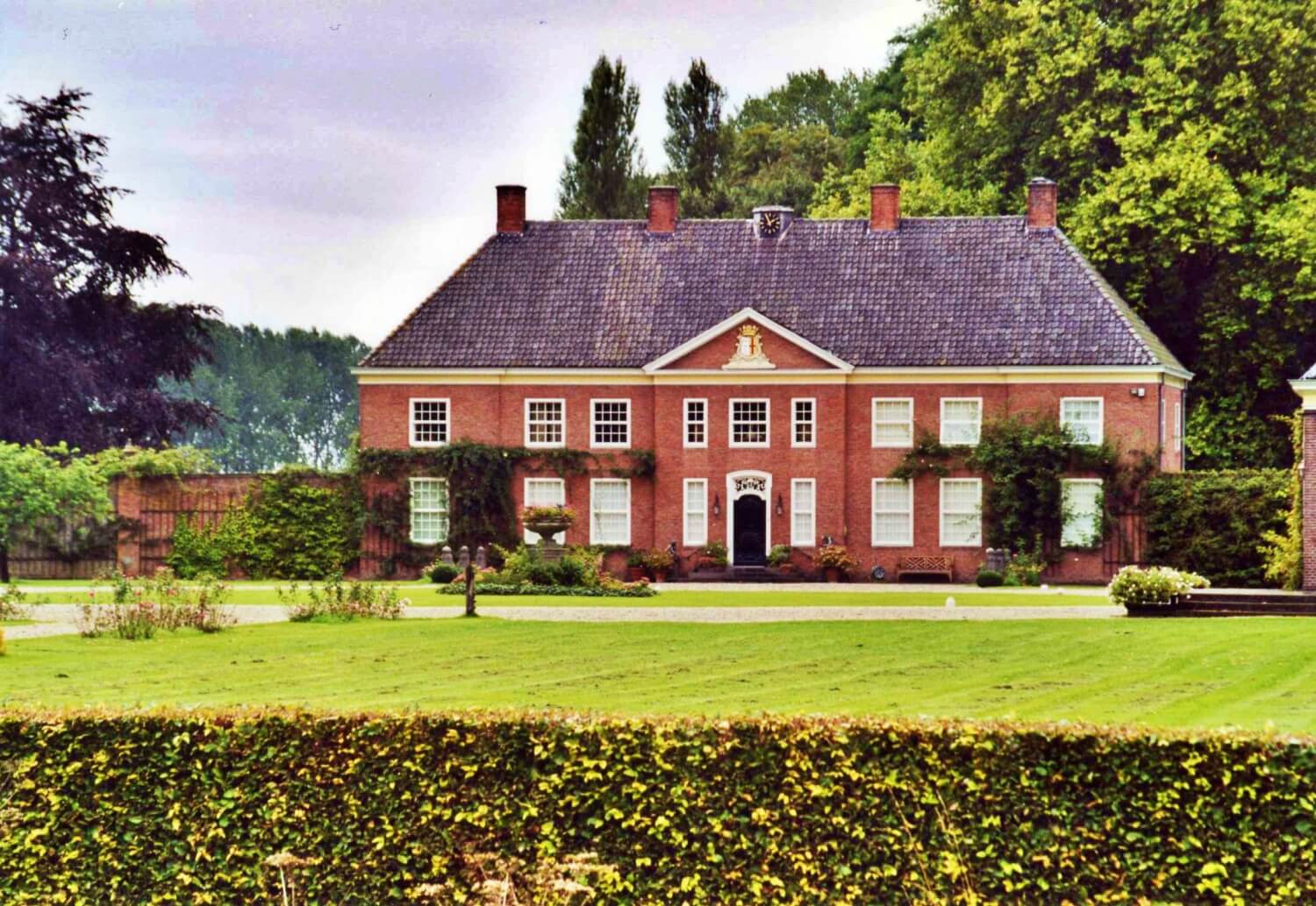
Bingerden
Zevenaar
3.9km
castle, chateau
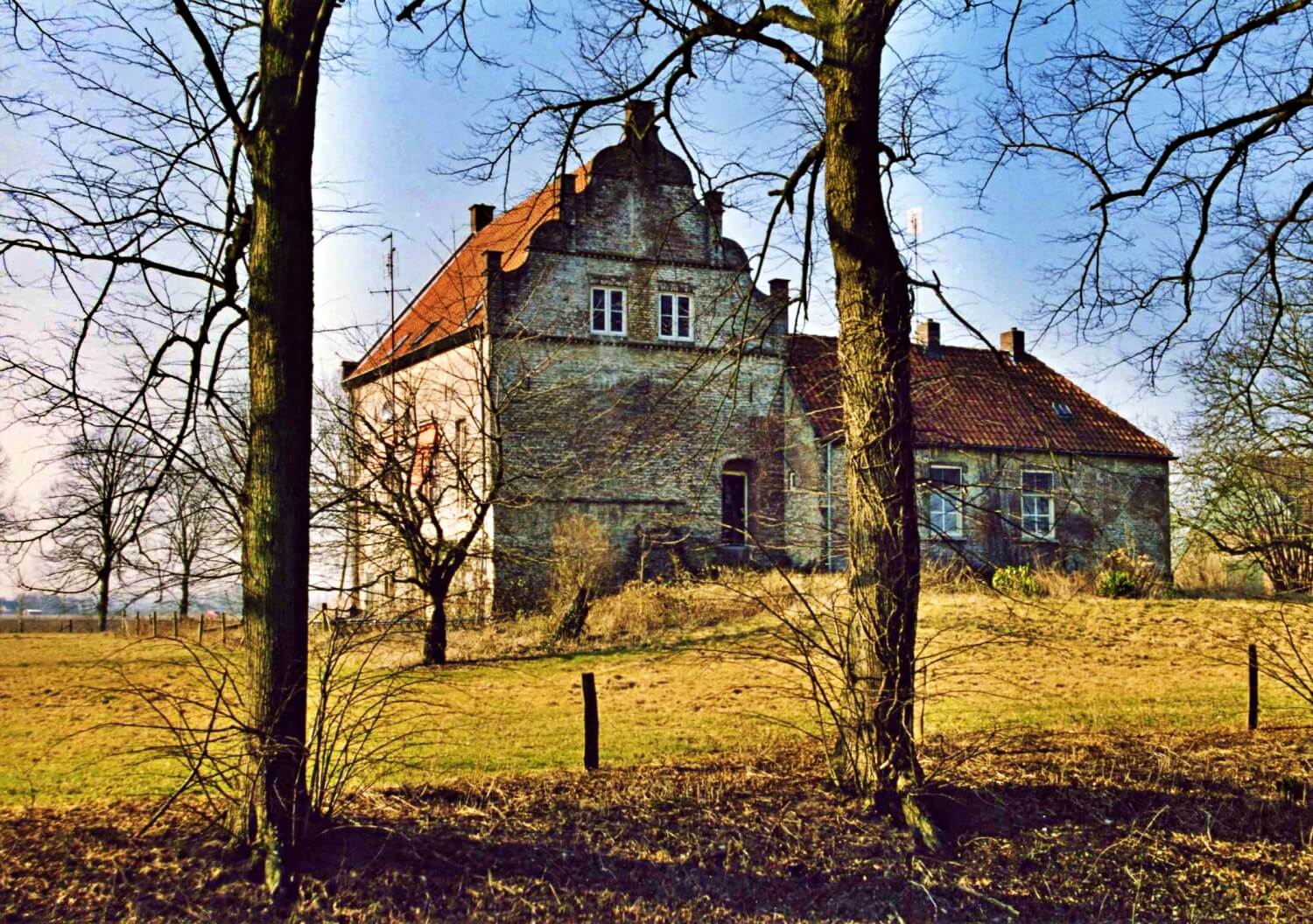
Huis te Lathum
Zevenaar
5.1km
castle, chateau
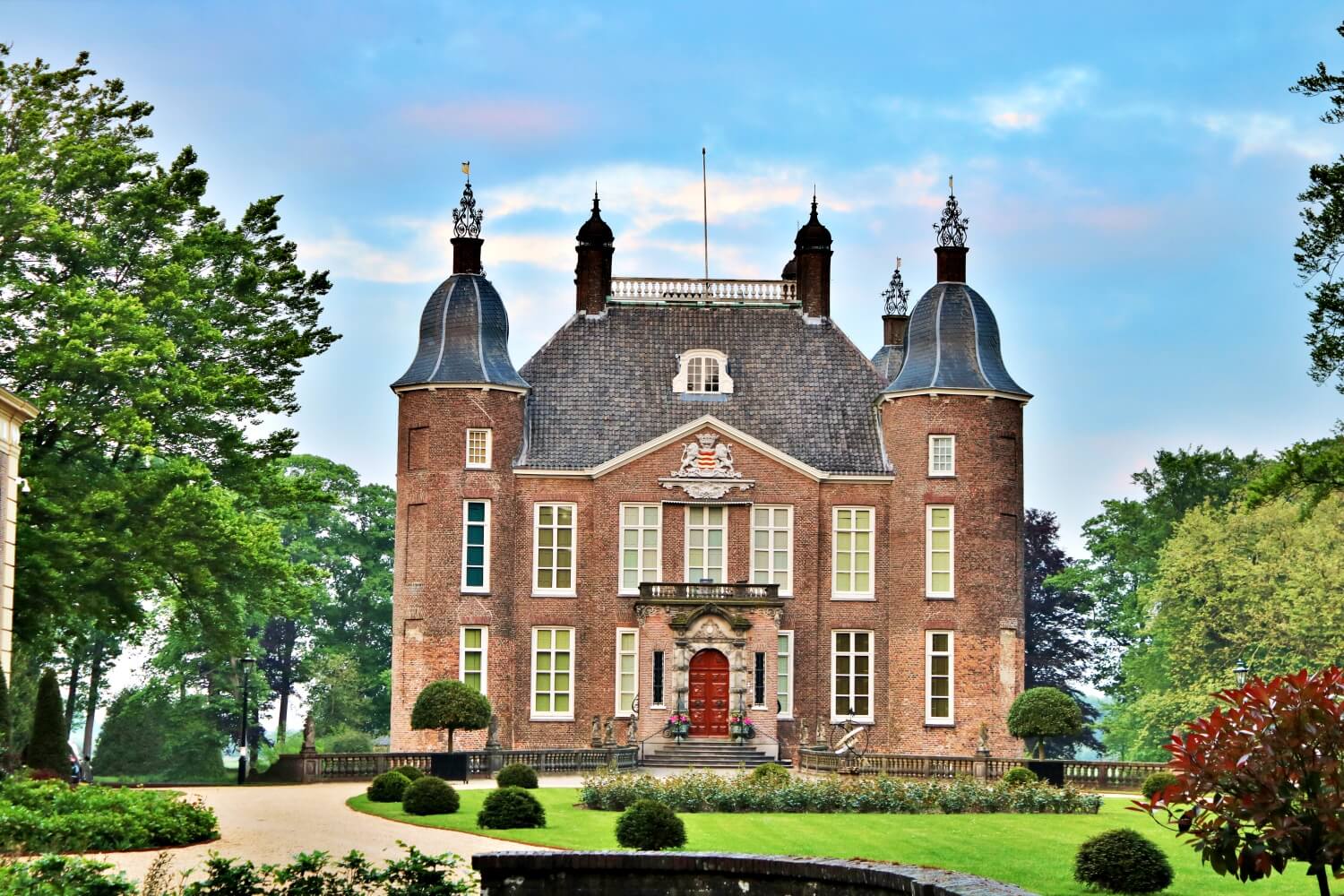
Biljoen Castle
Rheden
5.8km
castle, chateau
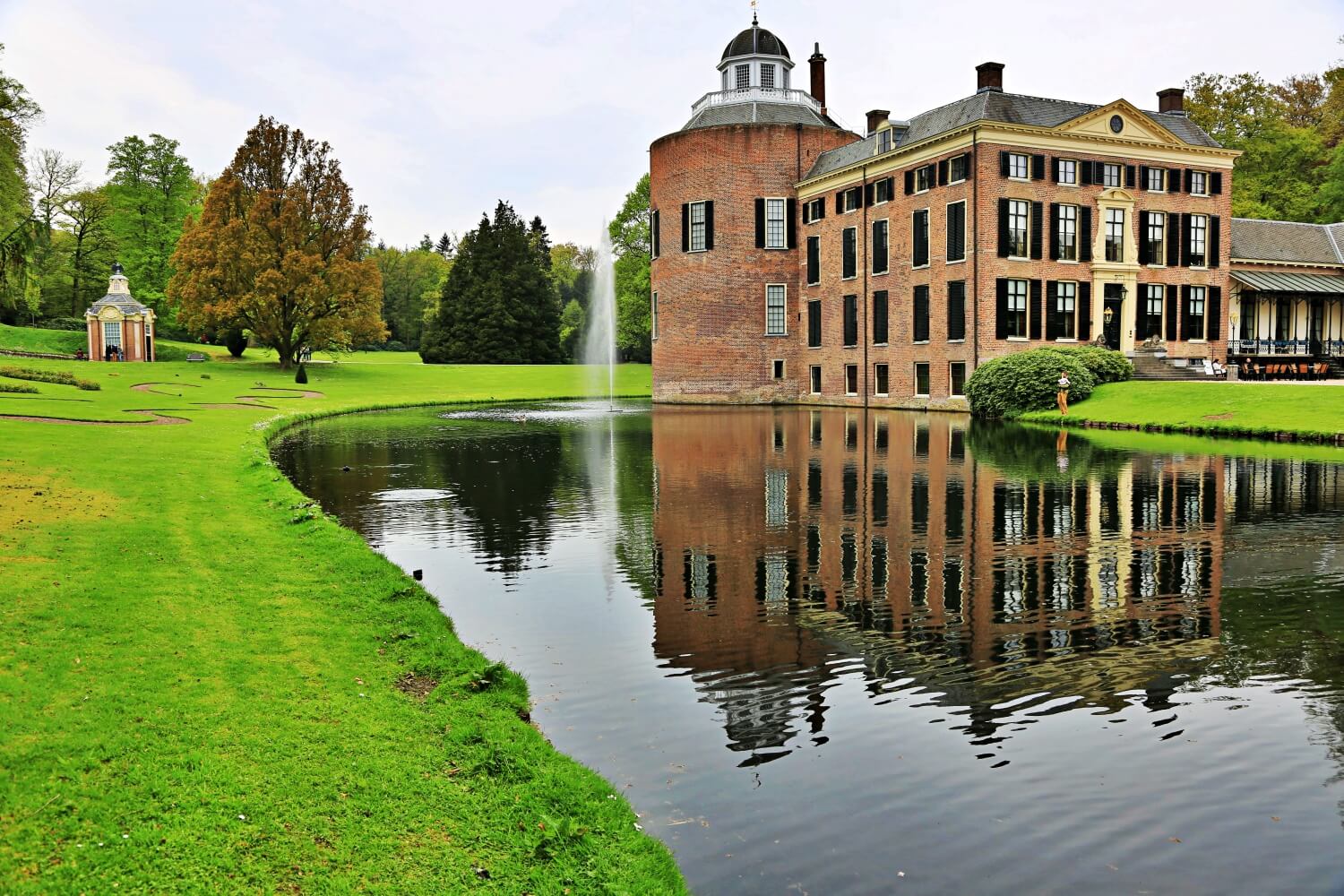
Kasteel Rosendael
Rozendaal
7.3km
manor, mansion

Magerhorst Manor
Duiven
7.8km
manor, mansion
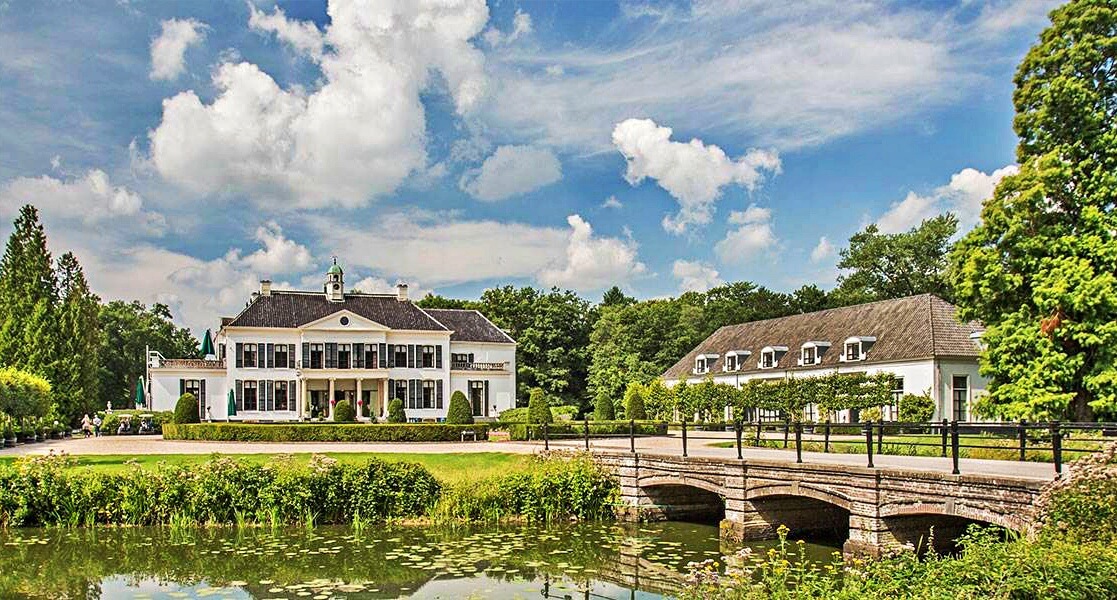
Kasteel Groot Engelenburg
Brummen
9.1km
manor, mansion
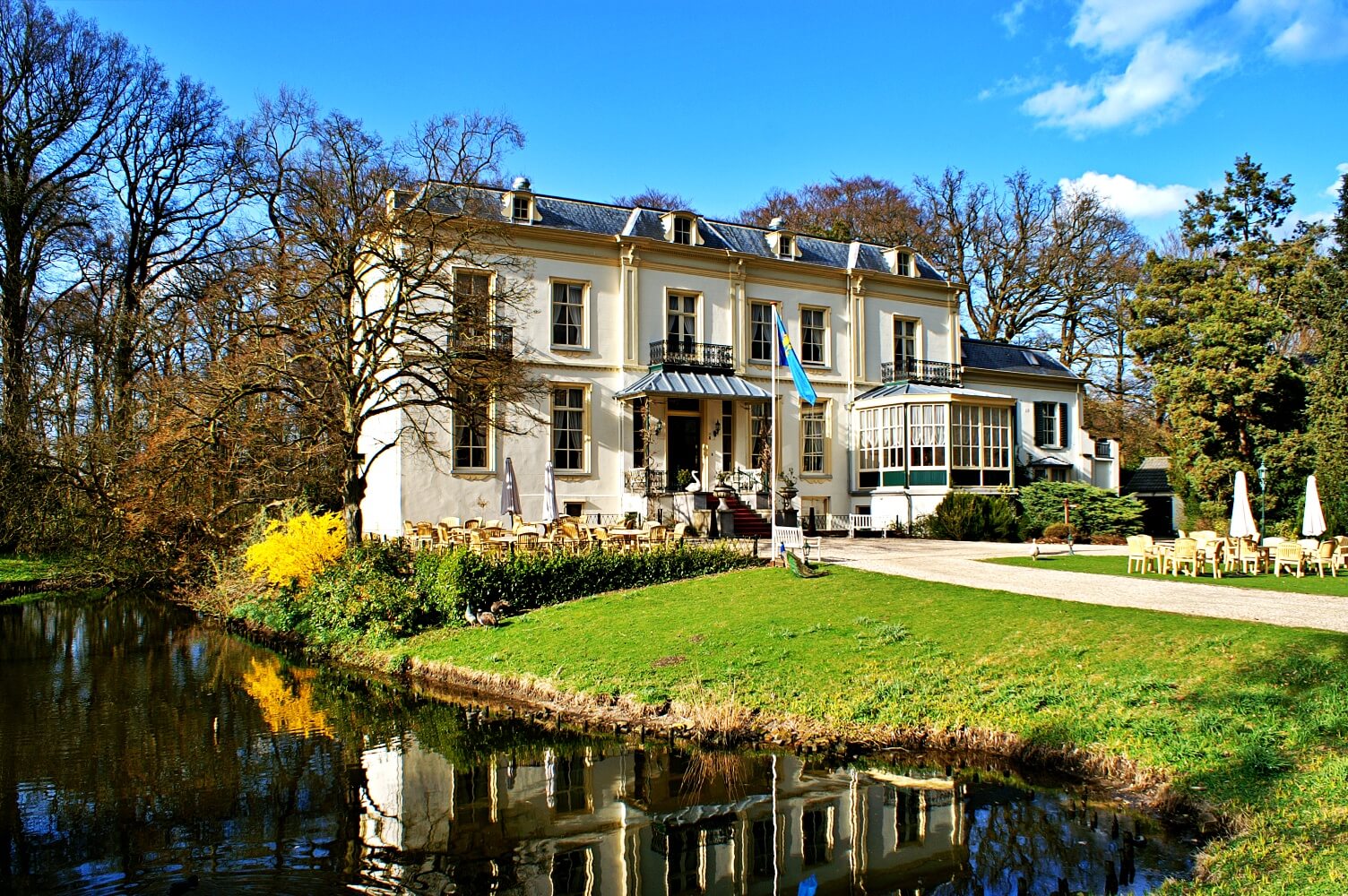
Huis te Eerbeek
Brummen
10.0km
castle, chateau
